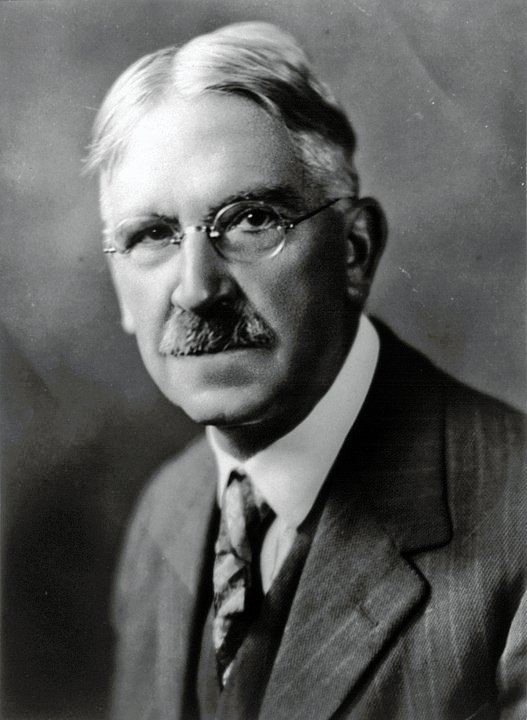
(picture credits)
John Dewey was an American philosopher and educator who made significant contributions to the field of aesthetics. He was a strong advocate of the idea that art should not be viewed as a separate entity from everyday life but rather as an integral part of it. According to Dewey, art is a mode of human experience, and aesthetic enjoyment is a vital part of human flourishing.
Dewey believed that the pleasure we derive from art is not just a passive sensory experience but an active one that involves the entire person. He argued that the aesthetic experience is a process of active engagement with the work of art, and that the pleasure we derive from it comes from our ability to participate in this process.
For Dewey, the aesthetic experience involves three distinct stages: perception, judgment, and appreciation. In the first stage, perception, we take in the sensory qualities of the artwork, such as its color, shape, and texture. In the second stage, judgment, we make evaluative judgments about the artwork, assessing its formal qualities and how they relate to its expressive content. In the third stage, appreciation, we engage with the artwork on a deeper level, allowing it to elicit emotional responses and associations.
He believed that the pleasure we derive from the aesthetic experience comes from our active participation in this process. He argued that the aesthetic experience is not simply a matter of passive sensory enjoyment, but a complex interaction between the artwork and the viewer that involves our entire being. According to Dewey, the pleasure we derive from the aesthetic experience is not just a momentary sensory pleasure, but a deeper, more enduring one that comes from our ability to engage with the artwork on a meaningful level.
One of Dewey’s most famous examples of the aesthetic experience is his description of a person listening to music. According to Dewey, when we listen to music, we do not simply hear a series of notes and rhythms. Instead, we actively engage with the music, making judgments about its formal qualities and how they relate to its expressive content. We allow the music to elicit emotional responses and associations, and we experience a deep sense of satisfaction when we feel that we have fully engaged with the music on this level.
Key Learnings
- John Dewey’s views on the theory related to pleasure in response and appreciation of art emphasized the importance of active engagement with the artwork.
- He believed that the pleasure we derive from the aesthetic experience comes from our ability to participate in a complex process of perception, judgment, and appreciation, and that this pleasure is not just a momentary sensory pleasure, but a deeper, more enduring one that comes from our ability to engage with the artwork on a meaningful level.
Leave a Reply